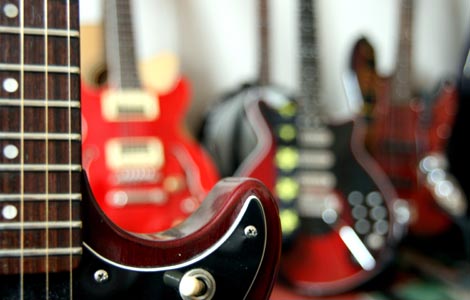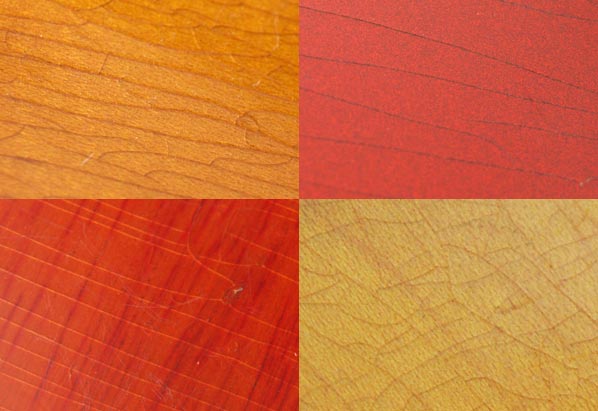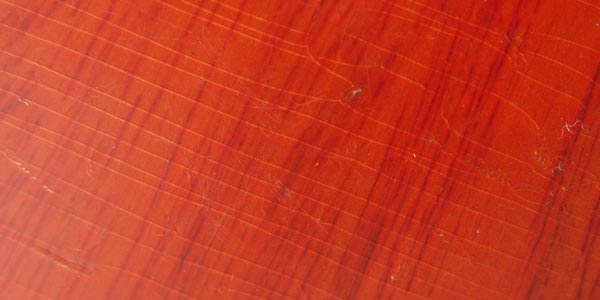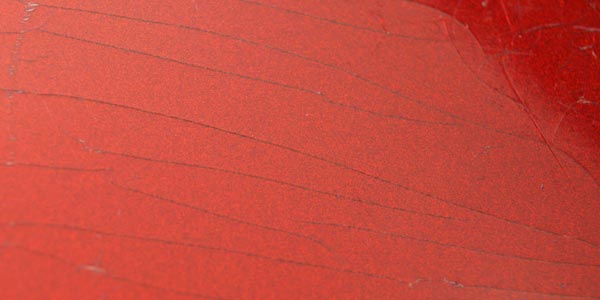Rattling strings in any guitar can be a sign of worn frets. How can you tell whether your guitar has worn frets, and how much would it cost to get it fixed?
What are frets? What is a refret?
The frets are the raised metal wires on the neck of the guitar. As the guitar is played, the strings are pushed against the frets, which naturally wear over time. The wear shows as dents or flattened frets, which can lead to string buzzing, problems with intonation and playability, especially when string bending. Fret wear is a normal part of the life of a guitar, but some guitars will suffer more from wear than others: those regularly played with a capo, fitted with steel strings, or just subjected to heavy string pressure when played.
The process of replacing them is called a refret – though it can involve a considerable number of time-consuming steps to complete the job.




